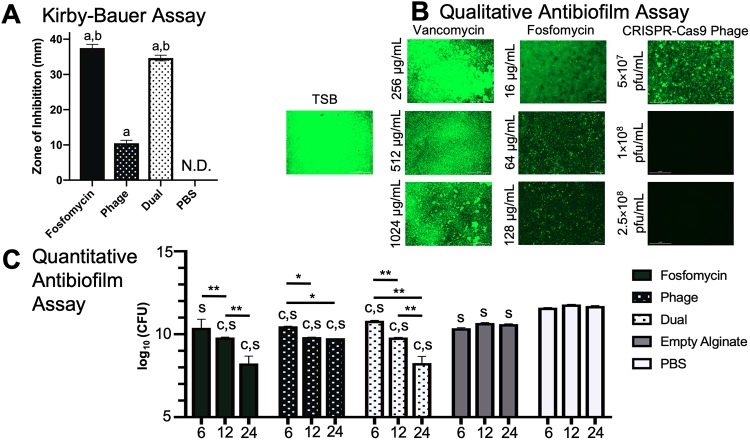Fig 3. in vitro analyses of therapeutic bactericidal activity.
(A) All therapeutics—fosfomycin, phage, and dual—had a larger zone of inhibition than the PBS control (“a”, p<0.0001), which generated no zone of inhibition (“N.D.”) (n = 6 per group). Dual and fosfomycin also resulted in a zone of inhibition greater than phage treatment (“b,” p<0.0001). (B) From qualitative fluorescent analyses, vancomycin displayed little effect on biofilm, while fosfomycin demonstrated a dose dependent killing response at doses ~10 times less than those of vancomycin. Phage at the concentration of 1×108 pfu/mL was effective in clearing biofilm in vitro. S. aureus grown in tryptic soy broth (TSB) served as a control. (C) Compared to the empty alginate group, alginate-loaded fosfomycin, phage, and dual therapeutic-treated biofilms had lower bacterial loads at 6, 12, and 24 hours (except the fosfomycin group at 6 hours) (“c,” different from the empty alginate control at the same timepoint, p<0.05, n = 3 per group). All groups (fosfomycin, phage, dual, and empty alginate gel) had lower growth at all time points compared to the PBS control (“s,” different from the PBS control at the same timepoint, p<0.05). Within treatment groups (alginate loaded with fosfomycin and/or phage), increased antimicrobial effects were observed over time (**p<0.0001, *p<0.05).

